By John Wise
Housing in our community is increasingly out of reach for many of our neighbors. There are about 19,000 people in our community who, after paying for the cost of housing available to them, are left with only about $25 per day for other expenses – that’s $175 per week for food, utilities, health and child care, transportation, everything.
The Gainesville Community Reinvestment Area (GCRA) has both the power and the responsibility to play a central role in solving what is quickly becoming an affordable housing crisis. In fact, the 10-year, $70 million budget of GCRA represents perhaps the best opportunity to truly transform our community’s housing. But that opportunity is largely being missed, as those funds are not being prioritized for programs that will have a meaningful impact on affordability.
Reinvesting in what?
Since 2019, GCRA has been a city department that is supported by tax increment funding from both Gainesville and Alachua County. In general terms, that means that a portion of the taxes raised in the “reinvestment area” are set aside specifically for redevelopment there.
So how are these funds being spent? This graphic from the City of Gainesville’s “2022 Affordable Housing Framework'' gives us an idea of what the GCRA is currently prioritizing for its housing initiatives. Of the $5.1 million the GCRA has budgeted for housing work this year, $3.3 million (64%) will go to Heartwood. This cluster of single-family houses will – after about 13 years – utilize the former location of Kennedy Homes to become the flagship of the GCRA’s affordable housing work.
For context, 172 households used to have deeply affordable housing there. It is returning as a subdivision with 34 detached homes, 11 of which will be affordable for people making up to 120% of Area Median Income (AMI), or about $98,000 for a family of four.
Reinvesting in who?
Who can afford a Heartwood home? From the Heartwood information packet, the 11 “affordable” homes will be in the $190,000 to $210,000 range. The program will contribute up to $70,000 per home, and the buyer will have to contribute 2% of the sales price for down payment.
Obviously, this will be wonderful for the 11 households who can access these homes. But the problem with this model is that it focuses most of the GCRA’s funding on housing for moderate income households instead of the people who are most acutely impacted by the affordable housing crisis. Those who can afford to put $4,000 down and get financed for a $130,000 loan aren’t feeling the same pressure that the 19,000 people who are severely housing burdened in our community are feeling, and they’re not feeling it by many orders of magnitude. Put simply, the people who are most in need of housing support won’t be able to live at Heartwood.
Reinvest in Housing
To make a real impact on our community’s housing crisis we need to fully realize GCRA’s transformative potential. It’s time for a change in tactics. Here’s what the GCRA can do to refocus on the most pressing needs of the people living in the reinvestment area:
1. Make sure that truly affordable housing is prioritized for funding.
This year alone GCRA will spend over $5 million on housing programs, but most of that money will not reach the people most in need of assistance. The vast majority (84%) of the funding is targeted to moderate income households via Heartwood and the Model Block/Attainable Housing programs. These funds should be refocused on housing development for households earning 50% of AMI or below.
2. Utilize public land in an intentional manner.
There are stellar opportunities to utilize public land in the reinvestment area for affordable housing development. For example, the 8th and Waldo area and the Power District. Between them, they are 57 acres of land in the center of Gainesville. There is the potential for dozens if not hundreds of affordable units on these properties. These are tremendous opportunities to develop new affordable housing in desirable locations, while also ensuring that any redevelopment is actually inclusive of people at all income levels.
The $70 million budget of the GCRA could help turn the tide on our housing crisis. It’s time we recognize that opportunity and prioritize affordable housing. That would be real reinvestment in our community.


